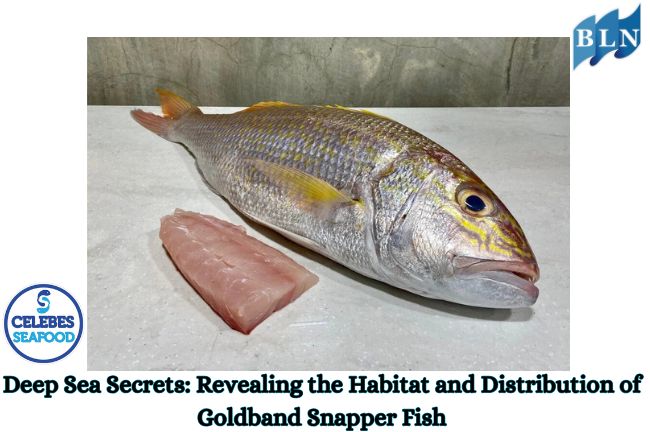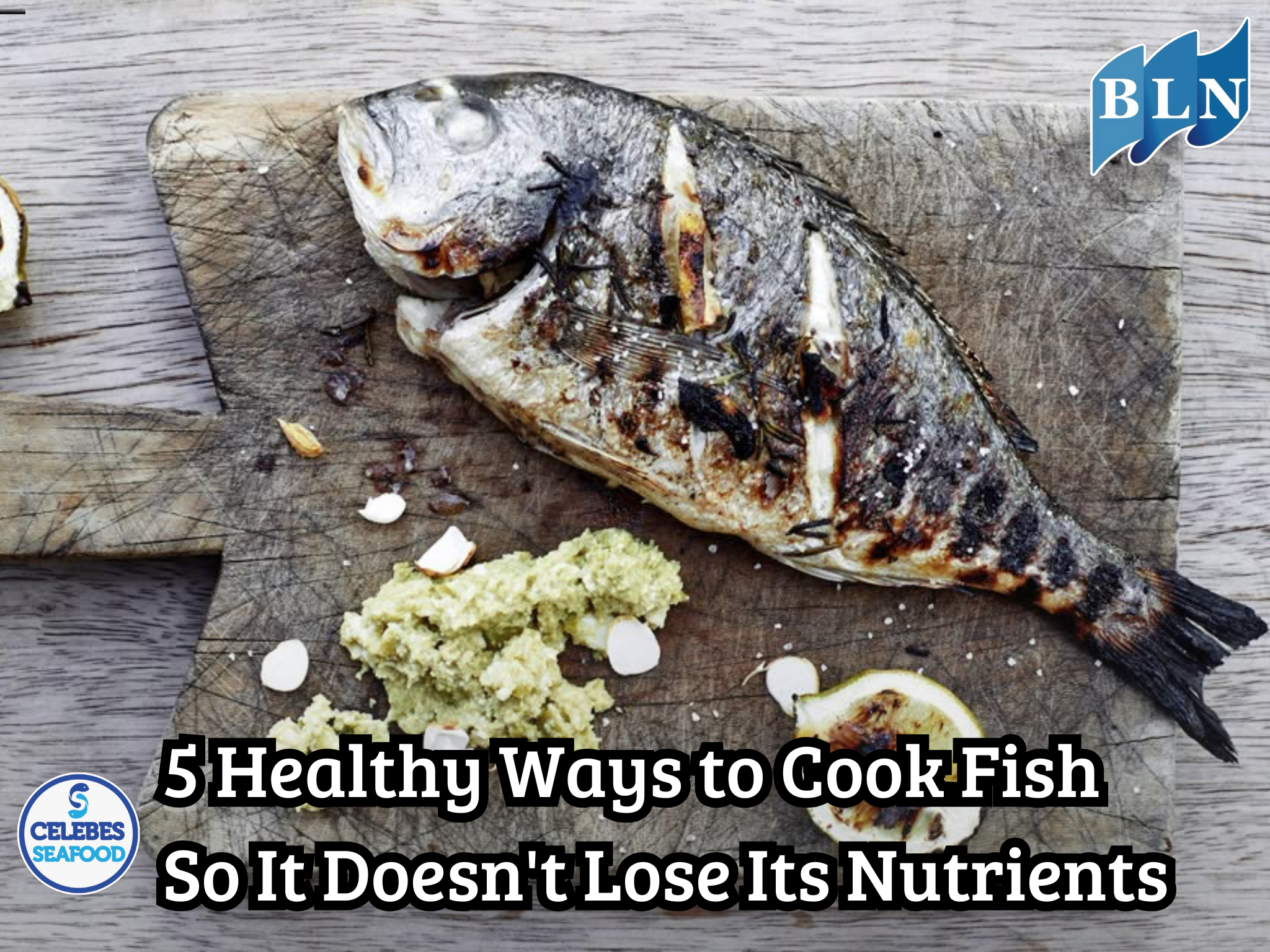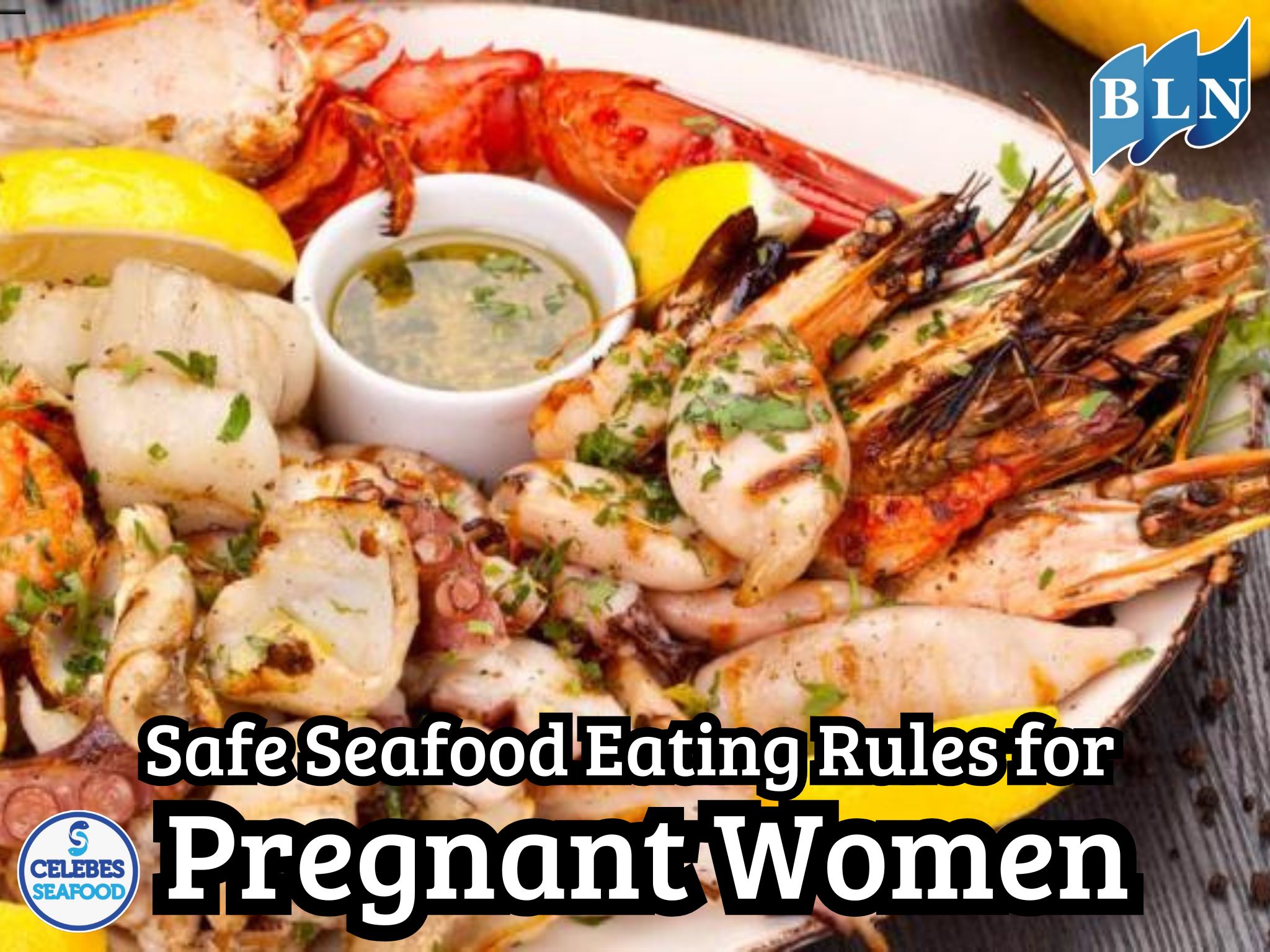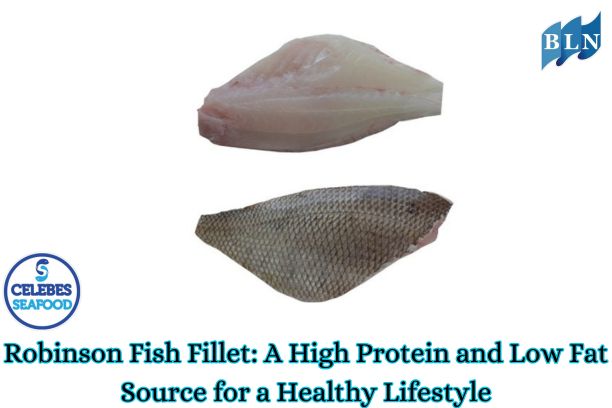The Difference Between Caviar and Other Types of Fish Roe
By. Nindi - 26 Mar 2025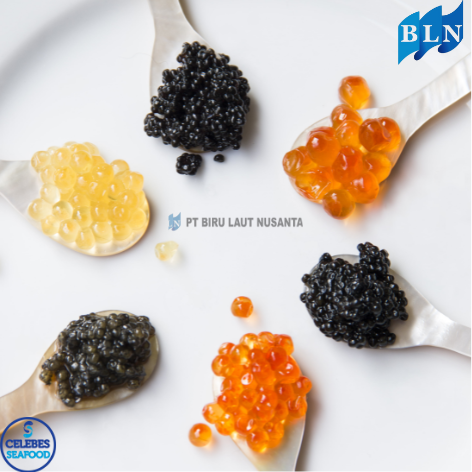
lautnusantara.com Fish roe is a delicacy enjoyed across the globe, but not all fish eggs are considered caviar. While both caviar and other types of fish roe share similarities, they have distinct differences in terms of origin, processing, taste, and price. This article explores these differences to clarify the confusion surrounding these luxurious seafood items.
What is Caviar?
Caviar refers exclusively to the salted eggs (roe) of sturgeon fish, primarily from the Caspian and Black Sea regions. Traditionally, caviar comes from species such as Beluga, Osetra, and Sevruga sturgeons. The eggs are carefully harvested, salted, and aged slightly to develop their signature flavor.
What is Fish Roe?
Fish roe is a general term for eggs from any fish species. Unlike caviar, which is strictly from sturgeon, fish roe can come from salmon, trout, flying fish, cod, and many others. While some types of roe are processed similarly to caviar (salted and cured), others are simply eaten fresh, smoked, or cooked.
Key Differences Between Caviar and Fish Roe
1. Origin and Species
- Caviar: Comes only from sturgeon species.
- Fish Roe: Includes eggs from various fish species like salmon, trout, and herring.
2. Processing
- Caviar: Salted and sometimes aged to enhance its flavor and texture.
- Fish Roe: Can be fresh, salted, smoked, or even pasteurized, depending on the variety.
3. Taste and Texture
- Caviar: Typically has a smooth, buttery texture with a rich, nutty, or slightly briny taste.
- Fish Roe: Varies greatly in texture and taste. For example, salmon roe (Ikura) has a juicy, popping sensation, while tobiko (flying fish roe) is crunchy and mildly salty.
4. Price and Rarity
- Caviar: Considered a luxury item due to the scarcity of sturgeons and the long maturation period needed before they produce eggs. Prices can range from hundreds to thousands of dollars per ounce.
- Fish Roe: Generally more affordable, as non-sturgeon fish reproduce more frequently and are easier to farm.
5. Culinary Uses
- Caviar: Served on blinis, toast, or crackers, often accompanied by crème fraîche or paired with champagne.
- Fish Roe: Used in sushi (Ikura, Tobiko), pasta dishes, garnishes, or incorporated into spreads and sauces.
While all caviar is fish roe, not all fish roe is caviar. The main distinction lies in the species of fish, processing methods, price, and culinary uses. Caviar remains one of the most exclusive delicacies worldwide, while other fish roe varieties offer more accessible and diverse options for seafood lovers.
If you are interested in our Coral Trout Fillet Skin On, CORAL TROUT WGG WHOLE GILLED GUTTED, TOMATO COD WHOLE GILLED GUTTED please do not hesitate to contact us through email and/or whatsapp.


